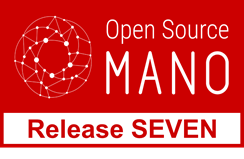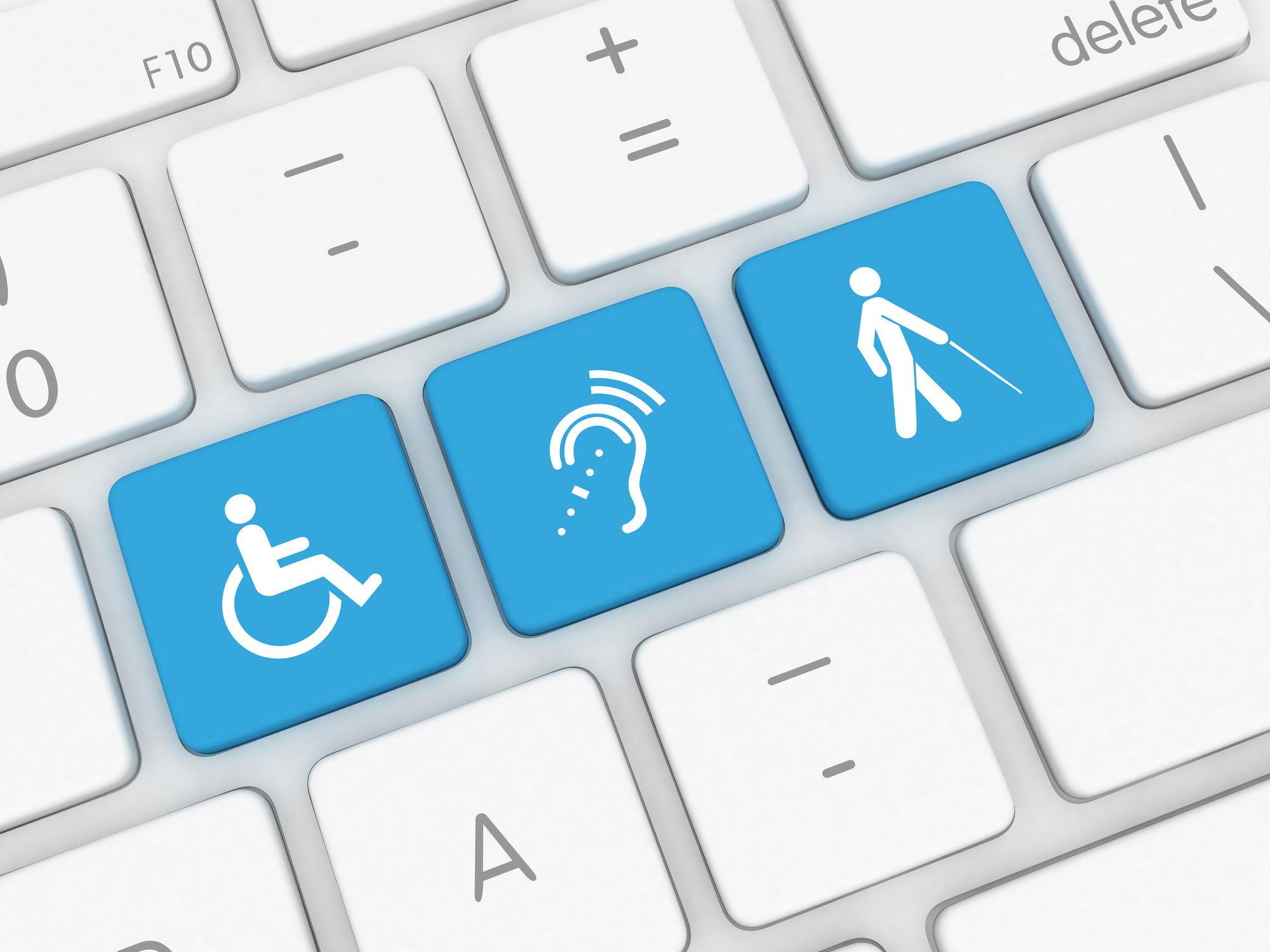The ETSI Industry Specification Group (ISG) for Network Functions Virtualisation (NFV) has started working on its next specification release, known as Release 4. While NFV-based deployments are expanding worldwide and show the benefits of network function virtualization, new technologies are expected to be leveraged and features are being added in support of 5G and novel fixed access network deployments that are emerging in many countries.
Release 4 addresses several new issues in the following technical areas: the evolution of the NFV framework to support the most recent cloud, software, and virtualization techniques; novel management architectural styles and operationalization aspects, leveraging virtualization characteristics to simplify deployments; and increased support for automation. While the ETSI ISG NFV is transitioning into the new release, the group will also continue the maintenance of Release 2 specifications, dealing with implementable protocol and data models, as well as their counterpart testing specifications to the end of 2019 and into 2020.
The ETSI Open Source MANO group unveiled its latest release, OSM Release SEVEN. This release brings cloud-native applications to NFV deployments, enabling OSM to on-board over 20,000 pre-existing production-ready Kubernetes applications, with no need of any translation or repackaging. OSM release SEVEN allows you to combine within the same Network Service the flexibility of cloud-native applications with the predictability of traditional virtual and physical network functions (VNFs and PNFs) and all the required advanced networking required to build complex end to end telecom services.
In addition, Release SEVEN extends OSM's SDN framework to support the next generation of SDN solutions providing higher level primitives, increasing the number of available options for supporting I/O-intensive applications. Furthermore, the plugin models for intra and inter-datacenter SDN have been consolidated, and the management, addition and maintenance of SDN plugins significantly simplified. Release SEVEN also brings major enhancements designed to improve the overall user experience and interoperability choices. This includes an improved workflow for VNF configuration which allows much faster and complex operations, and the support of additional types of infrastructures, such as Azure and VMware's vCD 10, etc……
CEN, CENELEC and ETSI, the three European Standardization Organizations (ESOs), jointly developed EN 301549:2019 ‘Accessibility requirements for ICT products and services’. The new standard is intended in particular for use by public authorities and other public sector bodies during procurement, to ensure that websites, software and digital devices are more accessible – so they can be used by persons with a wide range of disabilities.
EN 301549:2019 sets out the functional accessibility requirements that can be applied to all digital technology, including websites, software, electronic devices, and mobile apps. The aim is to ensure that ICT products and services are accessible either directly or through compatibility with assistive technologies such as text-to-speech, so that everyone can access information and use services that are being delivered electronically. The new standard is a revision of a previous version, published in 2018. It sets out the functional accessibility requirements that can be applied to all digital technology, including websites, software, electronic devices, and mobile apps.
Blockchain and Distributed Ledger Technologies (DLTs) are among the most promising developments in ICT for sharing data and managing transactions in a decentralised, controlled manner. The use of Blockchain and DLTs continues to grow rapidly, notably in the context of Industry 4.0, thus creating both new opportunities and challenges for business and society. In order to contribute to ensuring a smooth and safe adoption of new technologies in Europe, CEN and CENELEC recently established new CEN-CENELEC JTC 19 ‘Blockchain and Distributed Ledger Technologies’, based on the recommendations presented in the CEN-CENELEC White Paper on ‘Recommendations for Successful Adoption in Europe of Emerging Technical Standards on Distributed Ledger/Blockchain Technologies’.
The European Commission (EC) has published recommendations by a group of experts, the Strategic Forum on Important Projects of Common European Interest (IPCEIs), to boost Europe's competitiveness and global leadership in six strategic and future-oriented industrial sectors: Connected, clean and autonomous vehicles; Hydrogen technologies and systems; Smart health; Industrial Internet of Things; Low-carbon industry; and Cybersecurity. IPCEIs comprise innovative research projects that often entail significant risks and require joint, well-coordinated efforts and transnational investments by public authorities and industries from several Member States. In addition to recommendations specific to each of the value chains, the report also identifies horizontal enabling actions:
- Pooling public and private resources at EU, national and regional levels; The EU should coordinate these joint investments, targeting first industrial deployment and the commercialisation of new technologies;
- Deepening and integrating the single market through regulations and new standards;
- Mapping and developing the skills needed across the value chains;
- Making innovation systems in Europe more dynamic, with a focus on public-private partnerships;
- Setting a governance process to monitor technological and industrial changes, etc.










